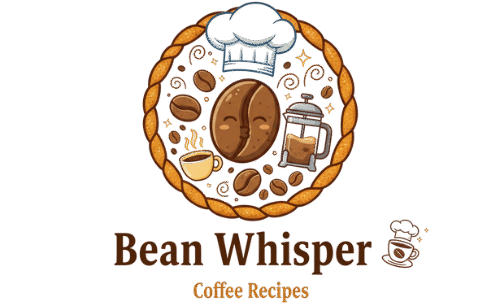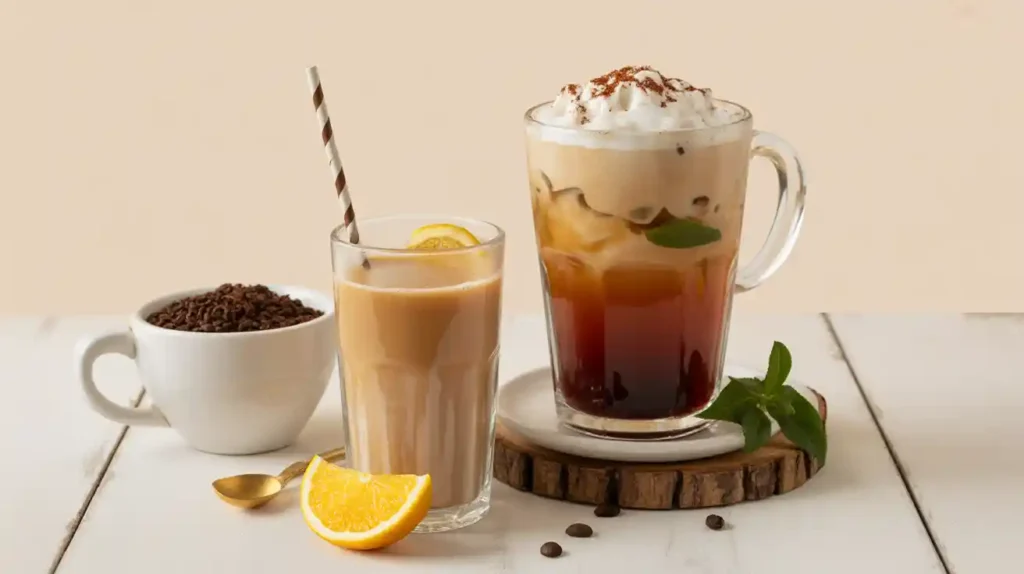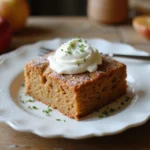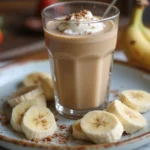Coffee Bean and Tea Leaf drinks bring a delightful fusion of flavors that can be enjoyed in the comfort of your home.
From creamy lattes to refreshing iced teas, these beverages cater to every taste preference and occasion.
I have fond memories of sipping on these specialty drinks during cozy afternoons at my favorite café, where every sip was a moment to savor.
Whether you’re starting your day or winding down in the evening, these recipes will help you create café-quality beverages with ease.
The History and Cultural Significance
• Coffee Bean and Tea Leaf drinks trace their origins to the early 20th century, blending influences from coffee and tea cultures worldwide.
• The drink concepts evolved as cafés began to experiment with flavors, techniques, and preparation methods, leading to the creative offerings we enjoy today.
• In many cultures, coffee and tea drinks are central to social gatherings, symbolizing hospitality and community.
• While many variations exist across different regions, the authentic versions maintain a balance of rich flavors and comforting textures that set them apart.
Recipe Overview
Nutritional Information (per serving)
Ingredients
Essential Equipment Guide
Espresso Machine: An espresso machine is vital for crafting rich, concentrated coffee shots that serve as the foundation for many drinks. If you don’t have one, a stovetop Moka pot can serve as an alternative, but it may not achieve the same pressure.
Milk Frother: A milk frother is essential for creating that velvety texture in lattes and cappuccinos. If you don’t have an electric frother, a French press can also be used to froth milk by pumping the plunger quickly.
Tea Infuser: A good tea infuser allows for the optimal extraction of flavors from loose-leaf teas. While tea bags are convenient, using loose leaf often results in a more flavorful and aromatic drink.
Preparation Methods
Frothing Milk: Frothing milk involves introducing air into the milk to create a creamy texture. This is crucial for drinks like lattes and cappuccinos. Use a thermometer to heat the milk to around 150°F (65°C) for optimal frothing without scalding.
Steeping Tea: Steeping tea properly is essential for extracting the right flavors. Each type of tea has a recommended steeping time and temperature, usually ranging from 2-5 minutes at 190°F (88°C) for most loose-leaf teas. Use a timer to avoid bitterness.
Making Espresso: The process of making espresso requires finely ground coffee and precise measurements. Ensure the machine is preheated, and aim for a brewing time of 25-30 seconds to achieve the perfect shot with a rich crema.
Step 1: Prepare Ingredients

Gather all your ingredients and equipment before you start.
This ensures a smooth preparation process and helps you avoid any interruptions.
Measure out the espresso, milk, and tea according to the recipe.
Having everything ready will streamline your workflow.
Step 2: Brew Espresso
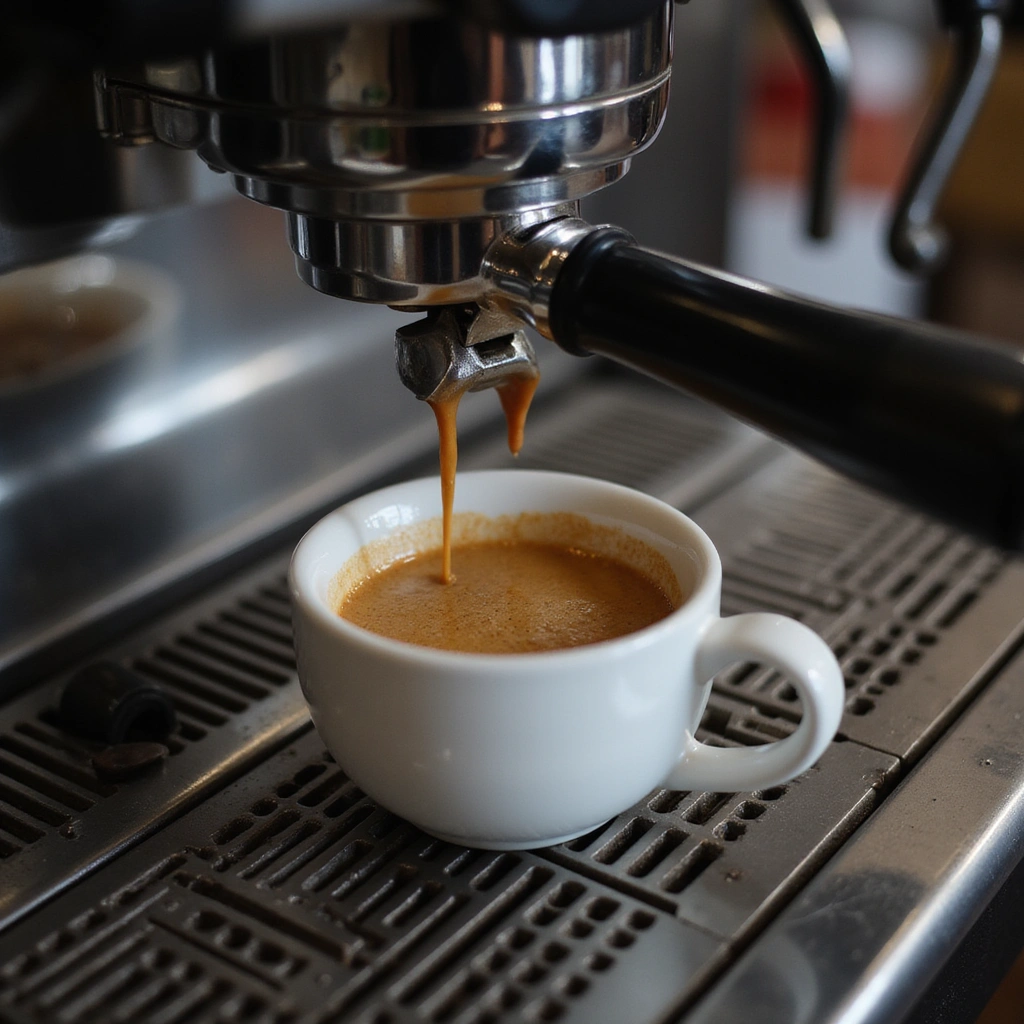
Turn on your espresso machine and allow it to heat up.
Once ready, extract a shot of espresso using finely ground coffee.
Aim for a brewing time of about 25-30 seconds for the perfect shot.
Look for a rich crema on top as an indicator of quality.
Step 3: Froth the Milk

Pour the milk into a frothing pitcher and submerge the frother into the milk.
Turn on the frother and gradually move it up and down to create foam.
Heat the milk to about 150°F (65°C) for optimum frothiness without scalding.
Look for a velvety texture and a thick layer of foam on top.
Step 4: Steep the Tea
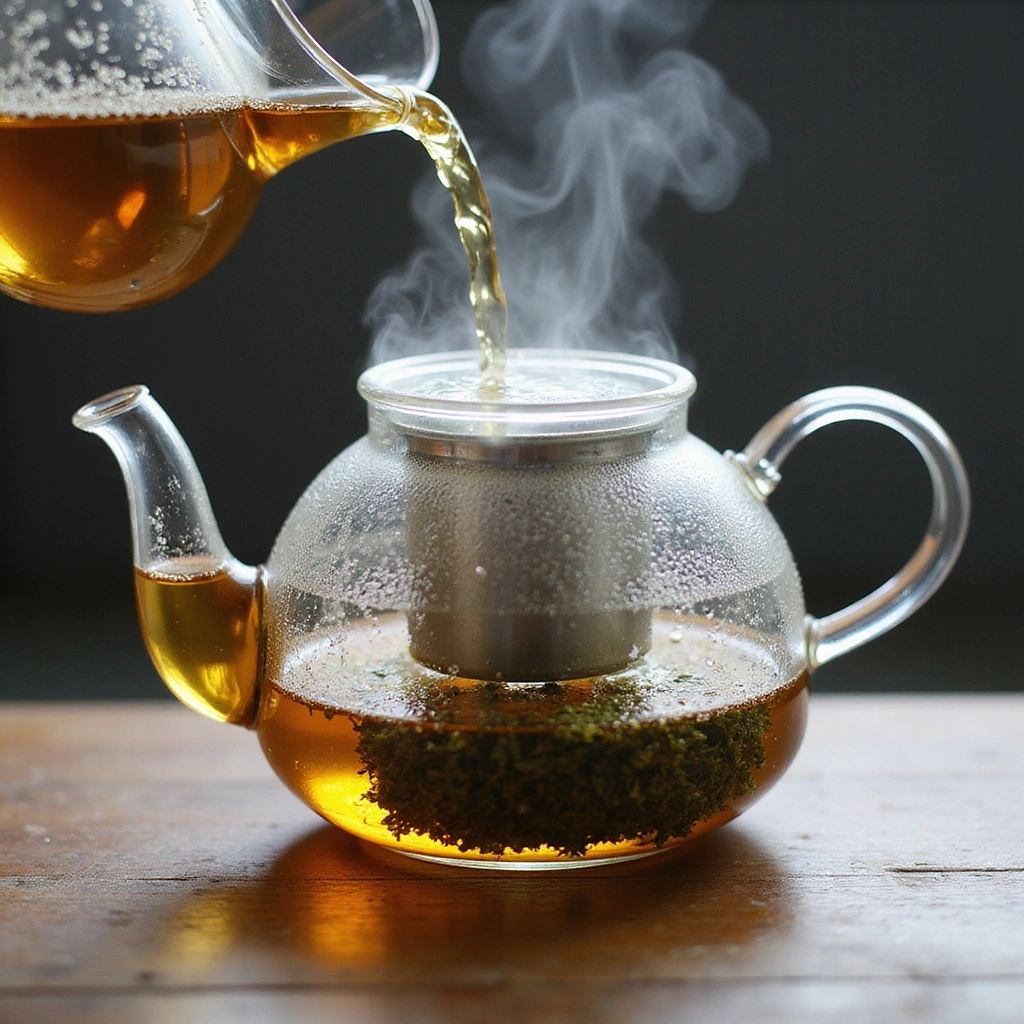
Boil water and let it cool slightly before pouring it over the loose-leaf tea.
Steep the tea for the recommended time based on the type of tea you’re using.
Use a timer to ensure you don’t over-steep, which can result in bitterness.
Once ready, remove the tea leaves or infuser.
Step 5: Combine Ingredients

In a large glass or cup, pour the freshly brewed espresso as the base.
Add the frothed milk on top, allowing it to mix slightly with the espresso.
For the tea, pour it into a separate glass or cup, depending on your preference.
You can also combine both drinks for a unique flavor experience.
Step 6: Sweeten and Flavor

Add sugar to taste in the espresso or tea, stirring gently until dissolved.
You can also add vanilla extract to the milk for extra flavor.
Taste the drinks to ensure they are sweetened to your liking.
This is the time to adjust any flavors before serving.
Step 7: Garnish and Serve
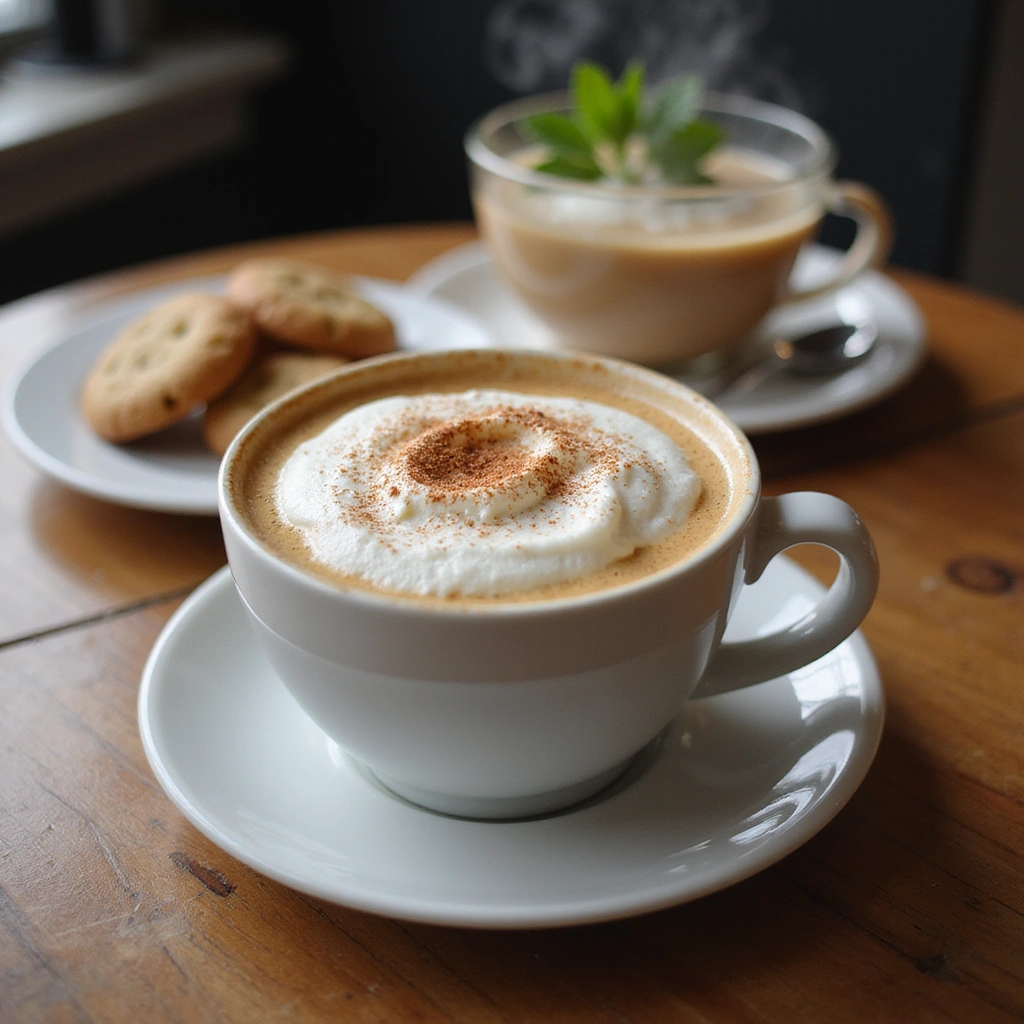
Top your espresso drink with whipped cream and a sprinkle of cinnamon if desired.
For the tea, consider adding a slice of lemon or fresh mint for a refreshing touch.
Serve the drinks hot, alongside some sweet treats if you like.
Presentation can elevate the experience, so take time to make it look appealing.
Critical Timing and Temperature Guide
Espresso Brewing: Aim for a brewing time of 25-30 seconds at around 190°F (88°C). Look for a rich crema on top as a sign of quality. Avoid brewing too long, as it can become bitter.
Milk Frothing: Heat the milk to about 150°F (65°C) for the best froth. Proper frothing should create a velvety texture and a thick foam layer. If the milk scalds, it will taste burnt.
Tea Steeping: Each type of tea requires specific steeping times—generally between 2-5 minutes. Use a thermometer to keep the water at the right temperature, typically around 190°F (88°C). Over-steeping can lead to bitterness.
Pro Tips for Coffee Bean And Tea Leaf Drinks Recipes To Try
• Ingredient Selection: Choose high-quality coffee beans and fresh loose-leaf teas to elevate the flavors significantly.
• Preparation Secret: Consider using cold milk for frothing; it can create a creamier texture than warm milk.
• Temperature Management: Always preheat your cups to keep your drinks warm longer, enhancing the overall drinking experience.
• Texture Enhancement: For the silkiest milk, try using whole milk or a non-dairy alternative that froths well, such as oat milk.
• Flavor Layering: Experiment with flavored syrups or extracts to add depth to your drinks; try hazelnut or caramel for a twist.
• Make-Ahead Strategies: Brew your coffee or tea in advance and store it in an insulated container to keep it warm without reheating.
• Restaurant-Quality Finishing Touches: Drizzle chocolate syrup or caramel on the foam for an aesthetic and flavorful touch.
• Equipment Optimization: Invest in a good quality milk frother for the best results; it can make a significant difference in your drink’s texture.
Troubleshooting Common Issues
• Espresso Tastes Bitter: This could be due to over-extraction. Ensure your grind is not too fine and adjust your brewing time accordingly. Aim for 25-30 seconds of brewing time.
• Milk Won’t Froth: If your milk isn’t frothing properly, check the temperature; it should be around 150°F (65°C). Also, ensure you’re using the right milk type, as non-fat milk froths differently than whole milk.
• Tea Is Too Bitter: Over-steeping can lead to bitterness. Use a timer and adhere to the recommended steeping times for your specific tea type.
• Inconsistent Flavor: If your drinks taste different each time, ensure you’re measuring your ingredients accurately. Consistency in brewing times and ingredient ratios is key.
• Weak Flavor: If your drink lacks flavor, consider using a stronger coffee blend or adjusting the amount of tea leaves used in steeping. Experimenting can lead to the perfect strength for your taste.
• Cold Drinks Are Too Diluted: To avoid watered-down iced drinks, freeze coffee or tea into ice cubes and use those instead of regular ice.
Variations and Regional Differences
• Italian Affogato: This variation features a scoop of vanilla ice cream topped with a shot of espresso, offering a delightful contrast of temperatures and flavors.
• Thai Iced Tea: Known for its vibrant orange color, this version uses strong brewed Thai tea mixed with sweetened condensed milk, creating a creamy, sweet beverage.
• Chai Latte: A spiced version made with brewed chai tea and steamed milk, often sweetened with honey or sugar, offering a warming and aromatic experience.
• Modern Interpretations: Many cafés now offer vegan options using nut milks or flavored syrups, catering to current dietary trends while maintaining the essence of classic drinks.
Food Science Behind the Recipe
• Emulsification: When frothing milk, emulsification occurs as fat molecules are broken down, allowing air to create a stable foam. Understanding this helps in achieving the desired texture.
• Extraction: The process of brewing coffee and steeping tea relies on extraction, where water pulls flavors and compounds from the ingredients. Proper timing and temperature are crucial for optimal flavor.
• Temperature Control: Heating milk to the right temperature is essential, as too high can scald it, altering flavor, while too low won’t produce adequate foam. This principle is vital for successful frothing.
Frequently Asked Questions
What’s the most common mistake people make when preparing Coffee Bean and Tea Leaf drinks? The top mistake is failing to measure ingredients accurately, leading to inconsistent flavors. Always use measuring cups and spoons for precision.
Can I prepare components of this dish in advance? Yes, you can brew espresso or steep tea ahead of time. Store them in an insulated container in the fridge for up to 24 hours.
How do I adapt this recipe for dietary restrictions? Use almond or oat milk for lactose-free options, and consider sugar substitutes for a low-calorie version.
What’s the best way to store and reheat leftovers? Store brewed coffee or tea in the fridge and reheat gently on the stove or in the microwave, avoiding boiling to preserve flavor.
Can I freeze this dish? While brewed coffee can be frozen, it’s best to use coffee ice cubes in iced drinks to avoid dilution.
What wine or beverages pair best with this dish? For coffee drinks, consider a dessert wine like Port or a rich stout beer that complements the flavors.
How can I scale this recipe up for a crowd? Increase all ingredients proportionally, ensuring you have suitable equipment to brew larger quantities.
What side dishes complement this recipe best? Pastries, cookies, or light sandwiches pair well with coffee and tea drinks, enhancing the overall experience.
How do professional chefs elevate this dish for restaurant service? Professional bartenders often use flavored syrups or unique garnishes to enhance visual appeal and flavor complexity.
Serving and Presentation Guide
• Traditional Presentation: Serve coffee drinks in a ceramic cup with a saucer, accompanied by a small spoon and a sugar packet. For tea, use a clear glass teacup to showcase the color.
• Modern Plating Ideas: Consider layering drinks in clear glasses to highlight different textures and colors. Use minimalistic garnishes like a sprig of mint or a dusting of cocoa.
• Accompaniment Suggestions: Pair drinks with biscotti, scones, or fruit tarts to complement the flavors and textures of your beverages.
• Special Occasion Presentation: For gatherings, serve drinks on a tiered tray with assorted pastries, enhancing the visual appeal and inviting guests to indulge.
Conclusion
I hope you find joy in creating these delightful Coffee Bean and Tea Leaf drinks at home.
They not only provide a delicious pick-me-up but also offer a wonderful opportunity to explore flavors.
Every sip can transport you to your favorite café, making your moments at home even more special.
